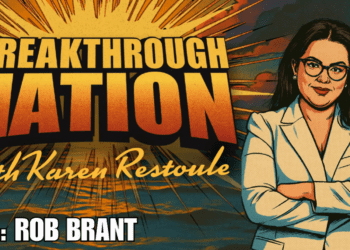 Despite all the bad news and the continuing pandemic health restrictions, Alberta’s economy is starting to turn around, writes Jack Mintz in the Financial Post. Below is an excerpt from the article, which can be read in full here.
Despite all the bad news and the continuing pandemic health restrictions, Alberta’s economy is starting to turn around, writes Jack Mintz in the Financial Post. Below is an excerpt from the article, which can be read in full here.
By Jack Mintz, March 1, 2021
A year ago, Alberta’s Minister of Finance Travis Toews had an upbeat message about Alberta’s growth prospects for 2021. With growing revenues and flattened spending, Alberta could balance the budget by the next election after a string of deficits since the fiscal year 2014-15. One month later the province faced two hits: the COVID-19 fallout and a short-lived oil price war between Saudi Arabia and Russia.
Instead of Alberta’s roller coaster climbing in 2020, it speedily fell with the worst downturn since the Great Depression. Thursday’s budget lays out the cold hard facts. GDP fell 7.8 per cent in 2020 rather than rise by 2.5 per cent. Instead of employment rising by 1.4 per cent, it fell by 6.6 per cent.
The deficit has ballooned to be $20.2 billion, and is estimated to remain elevated at $18.2 billion for the 2021-22 fiscal year. Net debt is rising further to $82.5 billion (23.5 per cent of GDP). Unlike the federal government, the budget introduces a fiscal anchor to keep net debt from rising by more than 30 per cent of GDP.
Despite all the bad news and the continuing pandemic health restrictions, Alberta’s economy is starting to turn around with growth expected at 4.8 per cent in 2021 followed by 3.7 per cent in 2022.
As chair of the Alberta Premier’s Economic Advisory Council, I was updated this past week by leaders of several industrial sectors. What I heard was generally positive. Oil and gas prices and production have returned to pre-pandemic periods. TMX and Enbridge Line 3 pipelines are moving to completion and mergers in the sector are starting to take place. Agriculture and forestry yields and prices have been buoyant, pulling up the rural economy. The tech industry, seeing new jobs and investments, is now concerned about talent — a much better problem to worry about. On the other hand, other industries such as airlines, retail, restaurants and tourism have yet to see light at the end of the tunnel.
***TO READ THE FULL ARTICLE, VISIT THE FINANCIAL POST HERE***




